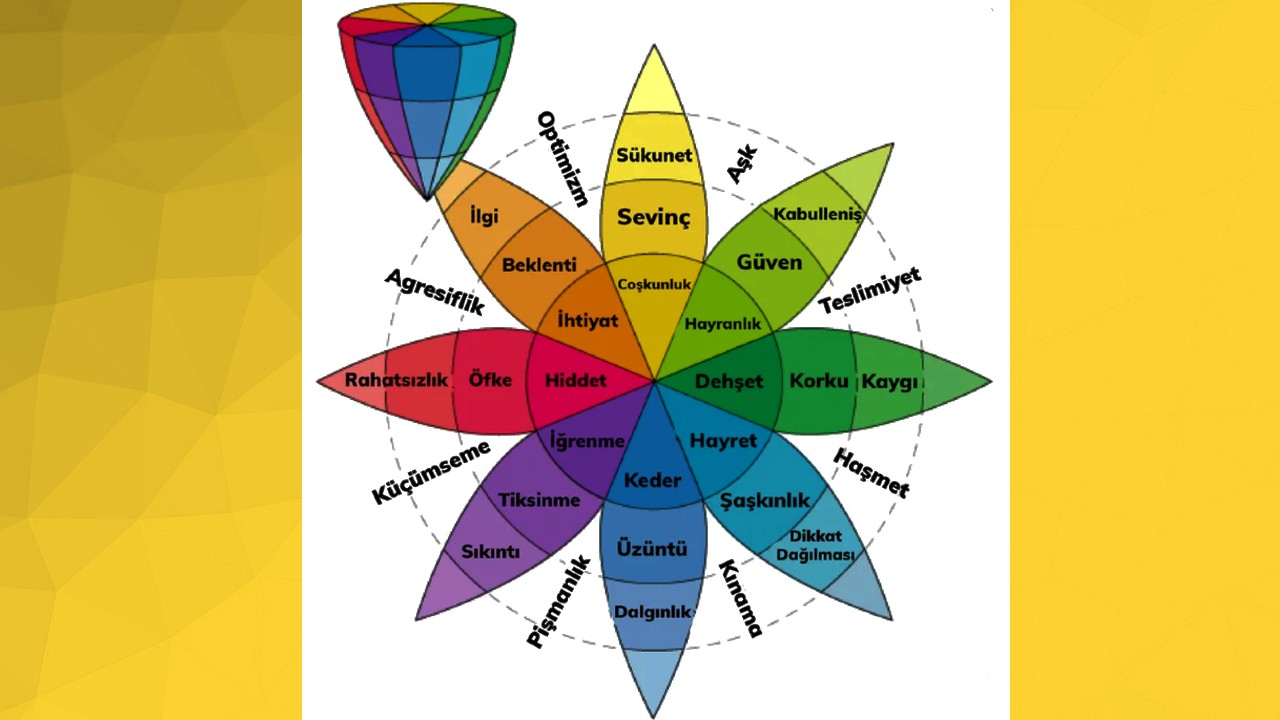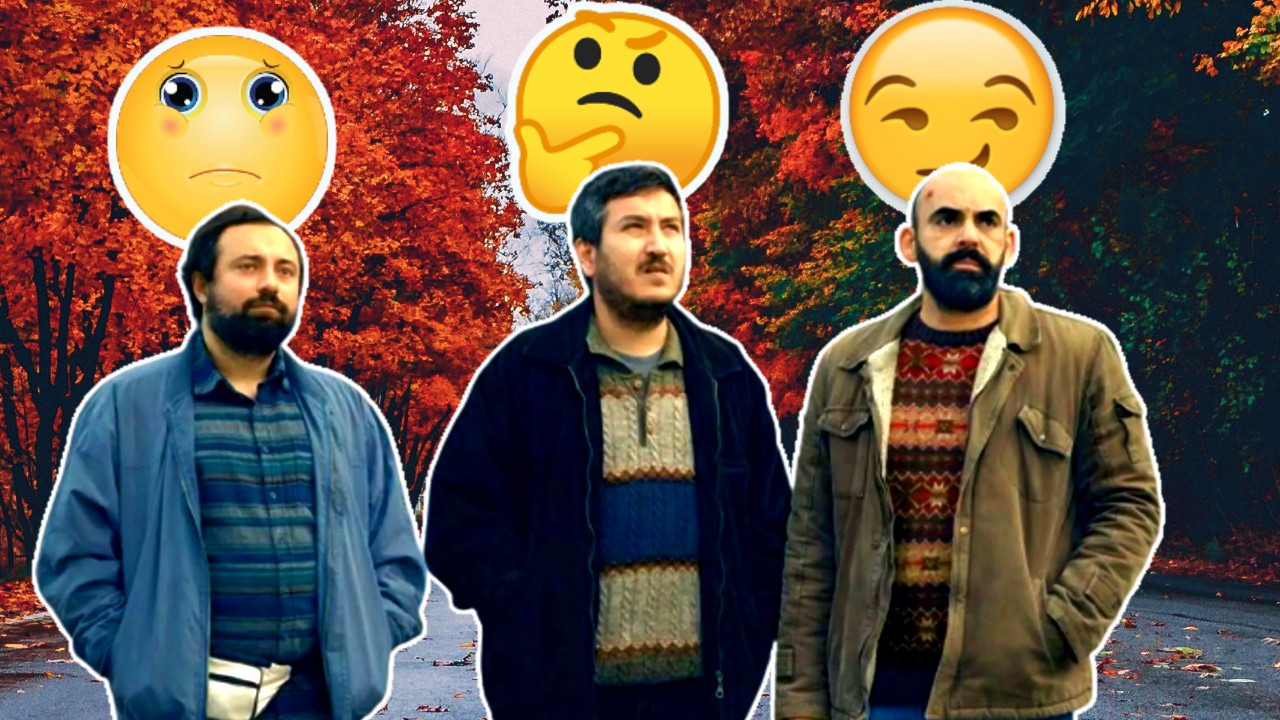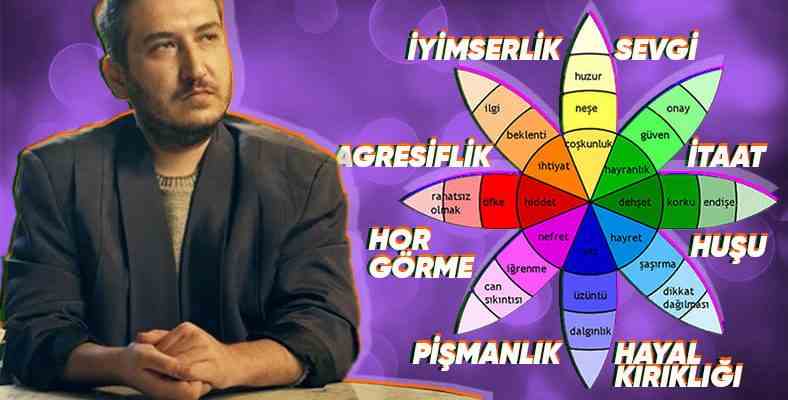How many emotions do you think there are in the world? 5, 10 or 20? Some studies say that there are 154 of them. Although the number seems like an exaggeration, Psychologist Robert Plutchik simplifies emotions for us and creates the emotion wheel in 1980.
“What does it matter how many emotions you have, we feel it after all?” you might think. But to categorize emotions, or to put it more bluntly, “labeling emotions”, in fact, it is important for us not to get lost in our own emotional floods.
This wheel, known as “Emotion Wheel” in English and translated into Turkish with names such as emotion wheel, emotion wheel, in understanding yourself and is believed to have many benefits in interpersonal relationships.
As psychoanalyst Irvin D. Yalom said, “Thoughts are the shadow of our emotions.”
Susan David, a South African psychologist, speaker and author, what is important to us Talking about the fact that it helps to understand what it is, he says:
“Tagging your feelings provides useful information. Your emotions become cues that help you identify what matters most and motivate you to make positive change.”
Experts working on emotions emphasize that increased awareness of emotions in general also makes relationships with others and social interactions more conscious. So in short one triggers the other. Emotions, meaning given to events; meaning, its implications; Inferences also affect the behavior that will occur.
It is a psychotherapy technique commonly used in psychology. Cognitive Behavioral Therapy In fact, it was the above-mentioned ones that formed its basis somewhere. In other words, it was the assumption that “our emotions affect our thoughts and they affect our behavior”.
What is done in this therapy is to try to bring about a change of emotion with behavior change. If here make sense of your feelings you will learn. In this way, you will increase your awareness of emotions and improve your emotional intelligence by learning new words about emotions.
Now let’s take a closer look at the Emotion Wheel.

This wheel, also called the circle of emotions, is an honorary professor at the Albert Einstein College of Medicine. Psychologist Robert Plutchik It was developed by in 1980. The number of emotions on the inside varies in different versions of the wheel. This may be the reason why you get different results when you search for “emotion wheel” on the internet.
On the wheel, in the innermost circle as it was originally developed 8 basic emotions is found. These; joy, confidence, fear, surprise, sadness, disgust, anger, and expectation. The wheel is made up of opposing feelings. For example, the opposite of joy is sadness. The opposite of trust is disgust.
The first thing that will catch your attention on the wheel is perhaps why it is so colorful. There are colors, there are layers, there are intertwined feelings… In fact, they all have a meaning. For example, the sharper the colors, the more intense the emotions. As the colors fade, the intensity of emotion decreases. Layers also symbolize the lighter outward feeling of the same. If you have noticed, there are also intermediate emotions formed by the intersection of two emotions.
“How shall we use the circle of emotions?” The answer to the question is here:

Of course to explore your feelings you can use. Ask yourself, “How am I feeling right now?” at any moment of the day. You can ask the question and examine the emotion wheel for the answer. You can do the same at the end of the day to understand how your day went.
Finally, working in the field of psychology There are also professionals who use the wheel. and their number is not insignificant. It can be used by the client to learn about their feelings and understand what they are feeling.
RELATED NEWS
If you don’t want to spend 2023 chasing happiness, take a good look at these theories in psychology!
RELATED NEWS
